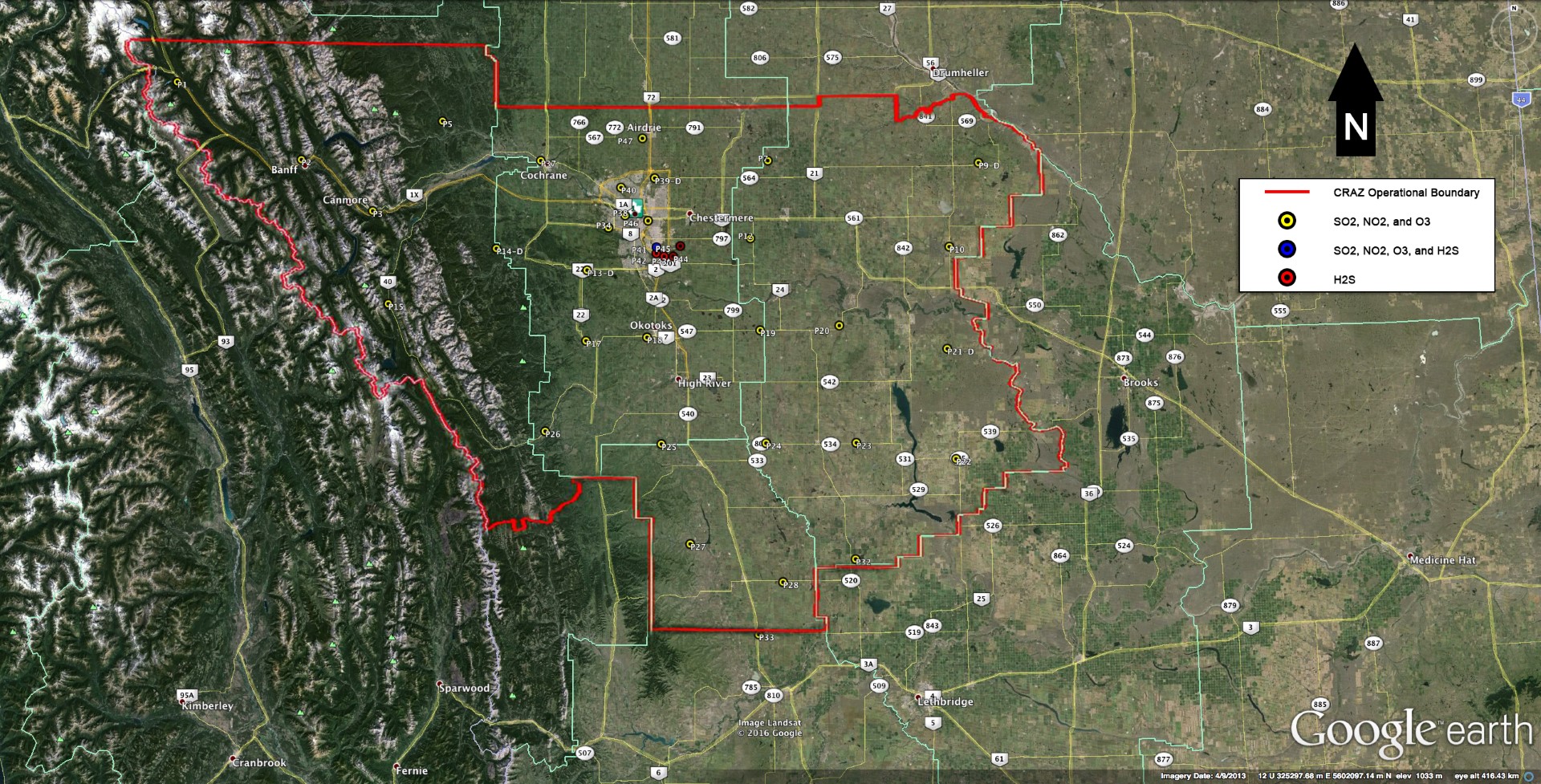CRAZ Passive Monitoring Network

About the Passive Network
CRAZ has developed a passive monitoring network as a cost-effective method of collecting air quality data throughout the area that comprises the zone. The results will be stored in a database which will then be used for creating graphs and tables that assess the spatial variation throughout the region. Data will be reviewed to ensure compliance with certain Alberta air quality objectives, and used to create long term trends.
Advantages of passive sampling devices are their simple design which is low in cost, easy to use and require no power to collect a sample, making them suitable for remote area and regional scale air quality assessments. Passive air sampling provides long term average conditions and can reveal spatial variation in air quality over a large area. However, passives are not suitable for detecting maximums or short-term elevated levels of pollutants.
Passive sampling devices rely on the principles of permeation and diffusion to physically uptake the specific compound being sampled. Air pollutants diffuse through a semi-permeable membrane and collect on a filter that has been chemically treated to absorb the compound of interest. After being exposed in the field for approximately one month, an average concentration is calculated based on the mass collected, the duration of exposure and accounting for the effects of temperature, humidity, and wind speed.
The passive sampling devices were deactivated in 2018.